In a concise wording, the guidelines to follow to correctly use the compression plate of a seamer are indicated. This element is essential to obtain a good seam and sometimes it is not given the importance it deserves. The data that is handled here are:
– The deflection of the plate spring, which is measured in thousandths of an inch.
– The compressive force of the plate, which generates the spring, and which is measured in pounds.
STABILITY OF THE COMPRESSION PLATE
The following diagram represents the adjustment operation of a compression plate using a dynamometer:
For the adjustment to be correct, the following observations must be taken into account:
– For the overlap and the body hook to be stable in a seam, the pressure of the compression plate must be stable.
– When the force of the spring varies, the compression of the plate is not stable.
– When the force of the spring varies, consequently the body hook and the overlap may vary.
– When the body hook and the overlap vary, the seam loses latitude.
– Normally, when an operator adjusts a seamer, regulate the station for a given force of the spring to a deflection of 0.035 “on the dynamometer as a starting point.
– Often, it will only rely on this compression force at a deflection of O.035 “. This adjustment can only lead to unstable behavior of the compression plate.
– The force of the spring must be verified at intervals of 0.005 “, until reaching a deflection of 0.050”, as calibrated the dial of the dynamometer.
– Supervisors, mechanics and adjusters must understand that the force of the compression plate must be stable from a deflection of 0.010 “.
WHAT DOES STABLE MEAN?
– Means that after a deflection of 0.010 “, there should only be a maximum increase of 10 pounds for each increase of 0.005” deflection.
– Examine the following table of deflection and compression force of the plate and you will quickly see the problem.
– Take for example an FMC 452 seamer, with 4 seaming stations and a compression specification of 270 pounds.
DEFLEXION STATION 1 STATION 2 STATION 3 STATION 4
(INS) (LBS) (LBS) (LBS) (LBS)
0.005 180 210 140 150
0.010 210 220 180 200
0.015 225 230 200 205
0.020 235 240 215 240
0.025 250 250 240 250
0.030 260 260 250 255
0.035 270 270 270 270
0.040 285 280 280 300
0.045 290 290 310 320
0.050 300 300 320 350
GOOD EXCELLENT BAD DISASTER
– Station No. 1 is a good station. It achieves stability at a deflection of 0.010 “from the plate and very slight fluctuations are observed.
– Station No. 2 is even better. It achieves stability at a deflection of 0.005 “from the plate, increasing the compression in a regular way.
– Station No. 3 is very bad. It oscillates dangerously, it will tend to give variations of hook of body and cover.
– Station No. 4 is dangerous. The shank of the plate will oscillate and, therefore, increasing the strength of irregular shape. This is a potential danger of lashes in the eyelashes, in addition to all variations of hooks and overlaps.
If we represent the previous values in coordinate axes, we obtain the following representation:
WHAT IS THE PROBLEM?
– The wedge is probably dancing in the keyway of the plate axis. Possibly it has been improperly lubricated.
– When you remove the unit, you will find reddish oxide dust.
– If the key and keyway have not been damaged excessively, they can often be repaired. The key or wedge must be replaced and the keyway cleaned and burrs removed. Other times, the operation is as simple as filling the set of grease, to start working next.
Keep in mind that filling with fat is only a temporary or temporary remedy. The grease slots will probably be covered with dry grease and must be completely cleaned so that fresh grease enters the cavity through the grease nipple.
Attention fitters and supervisors: No matter what the cause, the seamer must not work at all when the bottom plates have not reached stability from a deflection of 0.010 “.

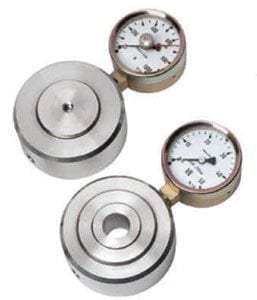
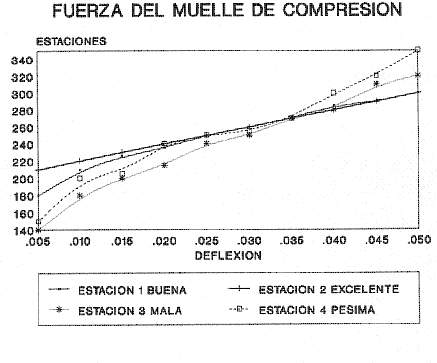

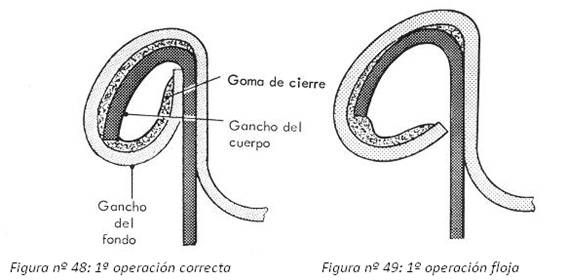
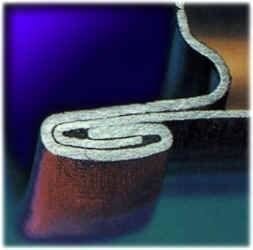
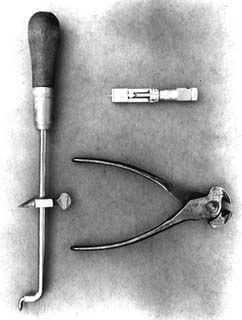
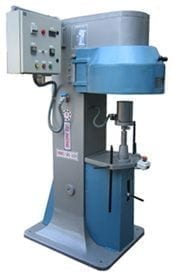
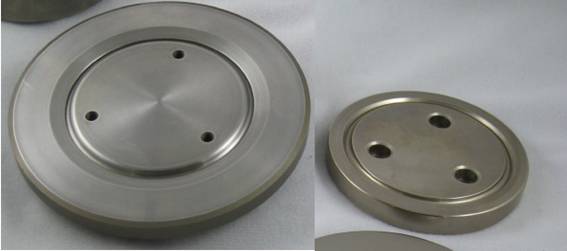




0 Comments